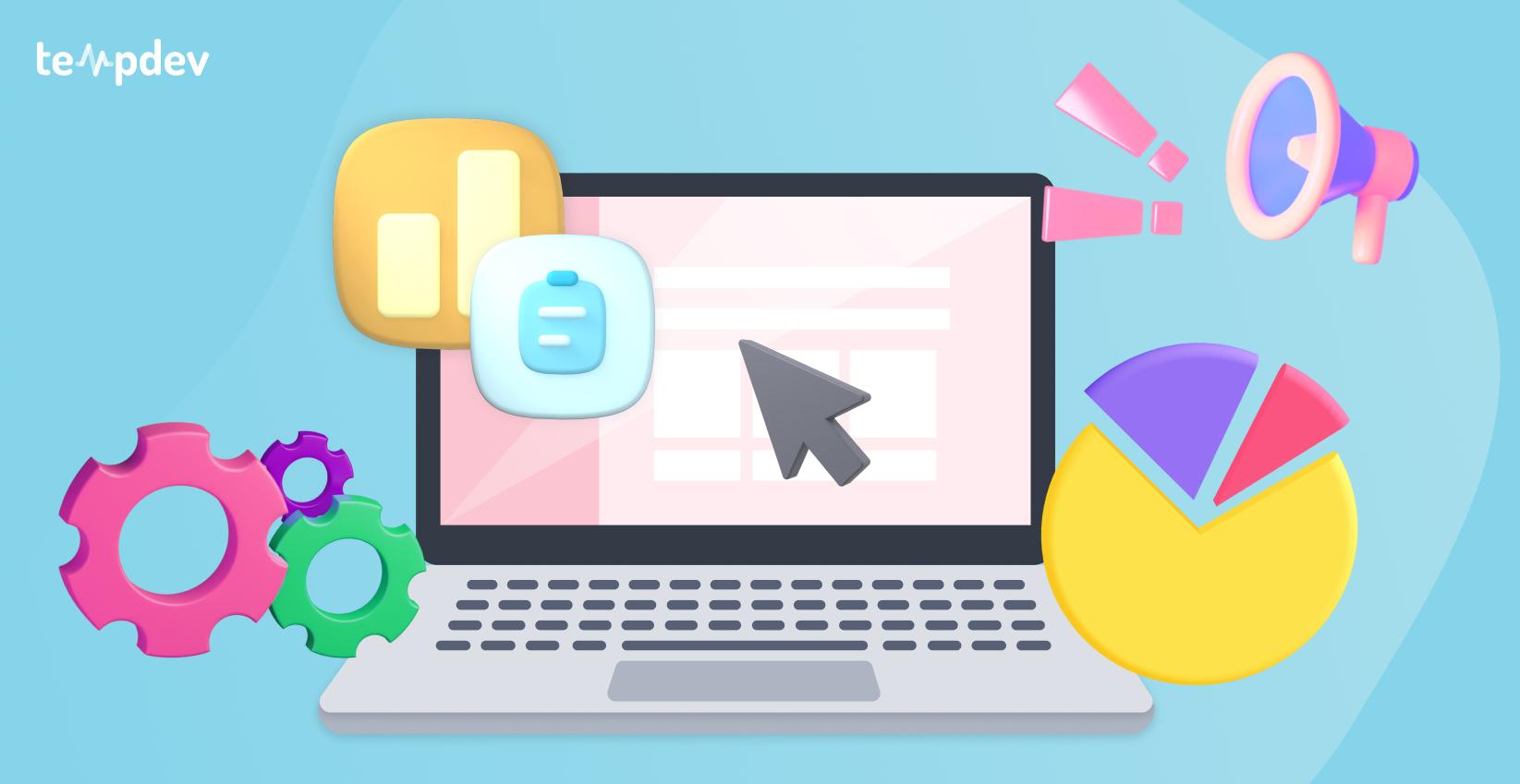10 Top Medical Billing Tools Healthcare Organizations Need


Related articles:
Unlocking the Potential of AI in Healthcare: A Strategic Approach for C-suite Professionals
Read ArticleUnderstanding Medication Administration Record (MAR) Importance in Healthcare
Read ArticleRegulatory EHR Cardiology Changes and Upgrades: How to Prepare Your Practice
Read ArticleEnsuring your staff is armed with the top medical billing tools can drive down costs for your organization. The American Medical Association notes that up to 30% of health care costs are related to claims management inefficiencies. When choosing your practice management system, it is important to ensure that it either has native functionality to support these tools or integrates well with third-party vendor tools that can provide the functionality.
Understanding what tools remove claims management inefficiencies or drive better processes is important. Find out about 10 critical medical billing tools and features below, and make sure your practice management system is properly equipped.
1. Integration With Front Office or Patient Registration
The best medical billing processes start before the patient receives any services. When the patient registers, they provide vital information such as name, address, DOB, and gender. They should also present a copy of their insurance card to be scanned into the practice management system, which can be captured during registration and updated in real-time to the EHR and claims billing systems. That way, claims are ready to go to the right payer as soon as possible.
2. Insurance Eligibility Verification
Assuming a patient is still active on insurance they used for the last visit or taking someone's word that they're covered by insurance can be a mistake. Patients may not even realize their benefits have changed. Building insurance eligibility verifications into your pre-visit planning processes helps catch issues of coverage before they can become expensive for everyone, including the patient.
3. Automated Claims Edits and Claim Scrubbing
Automatic claim generation helps you increase rates of timely filing adherence, which is a best practice for medical billing. But moving too quickly toward claims filing can lead to costly errors. Medical billing processes that include automatic claim edits and scrubbers vet charge information on claims against a series of business logic and preset rules to reduce denials. Potential errors or issues are either automatically fixed or flagged for human intervention while clean claims can be filed automatically.
4. Integration With Electronic Health Records
One of the most common reasons claims are denied by insurance companies is that the diagnosis code isn't specific enough. When claims processes are integrated with the EHR or EMR, coders have all the information they need to adjust diagnosis and procedure codes to fit the narrative captured in the clinical records. Then they can easily communicate with the physicians for approval on these changes. Billers also have easier access to the medical records for any medical records requests needed for the insurance company to pay claims.
5. Claims Reconciliation and Receipt Reports
Duplicate claims are another top reason for denials. But if you're worried about timely filing or don't know whether an insurance company received your electronic claims, it's easy to keep pressing the button on submission. Avoid this practice, which annoys clearinghouses, payers, and processors alike, by putting reconciliation and receipt reports to work. These reports let you see which claims were received and which were kicked out in front-end automated reviews. You can correct the latter and resend, knowing they won't trigger duplicate denials.
6. Electronic Remittance Features
Analyzing your denials to identify problem areas you can solve is important to supporting optimal medical billing processes. By posting with ERA files you can easily capture payment information and denial codes for your revenue cycle management processes which are often too difficult to track specifically when manually posting. Route specific denials to workflows for handling or creating reports to understand what types of denials are trending for various specialties, payers, demographics, or other sectors.
7. Claims and Data Access Logging
Security features are critical to supporting HIPAA compliance and patient privacy. Access and update logging lets you track who interacted with claims and patient data, including who made changes and what they were. That information is crucial to compliance reporting, but it can also be beneficial to coaching and training staff. For example, medical billing supervisors could see that one coder is making the same mistake repeatedly; a quick coaching session might solve the issue and result in more paid claims in the future.
8. Multiple Patient Payment Options
Collecting balances from patients is a common medical billing challenge for organizations of all sizes. It's almost impossible to keep up with those if patients are not able to pay through multiple options integrated within your practice management system. Consider having upfront collections, online bill pay, online patient statements, pay by text, and other more modern features integrated in addition to the more traditional statement and front desk collection methods.
9. Customized Reporting
Ensure your medical billing solutions offer ample reporting options. Customized practice management reporting lets you dig into denials, AR trends, and productivity numbers. Leadership at all levels may also appreciate custom dashboards that let them view the most pertinent information for their domain in an easy-to-understand, visual format.
10. Business Intelligence and Analytics
It's not enough anymore to have a system that provides comprehensive reporting, you need a system that can provide financial and operational analytics so you can better understand trends within your practice. If your practice management system doesn't automatically integrate with business intelligence or an analytics platform, consider connecting with a tool such as Microsoft PowerBI, Domo, or Tableau to take your practice to the next level.
Get These Top Medical Billing Tools
Schedule a consultation with TempDev today to find out how our solutions can increase the performance of your medical billing processes. We partner with you to ensure you're getting all the top medical billing tools you need to support better revenue cycle management.
Interested?
Agree with our point of view? Become our client!
Did you enjoy this read? Feel free to share it with your contacts.






